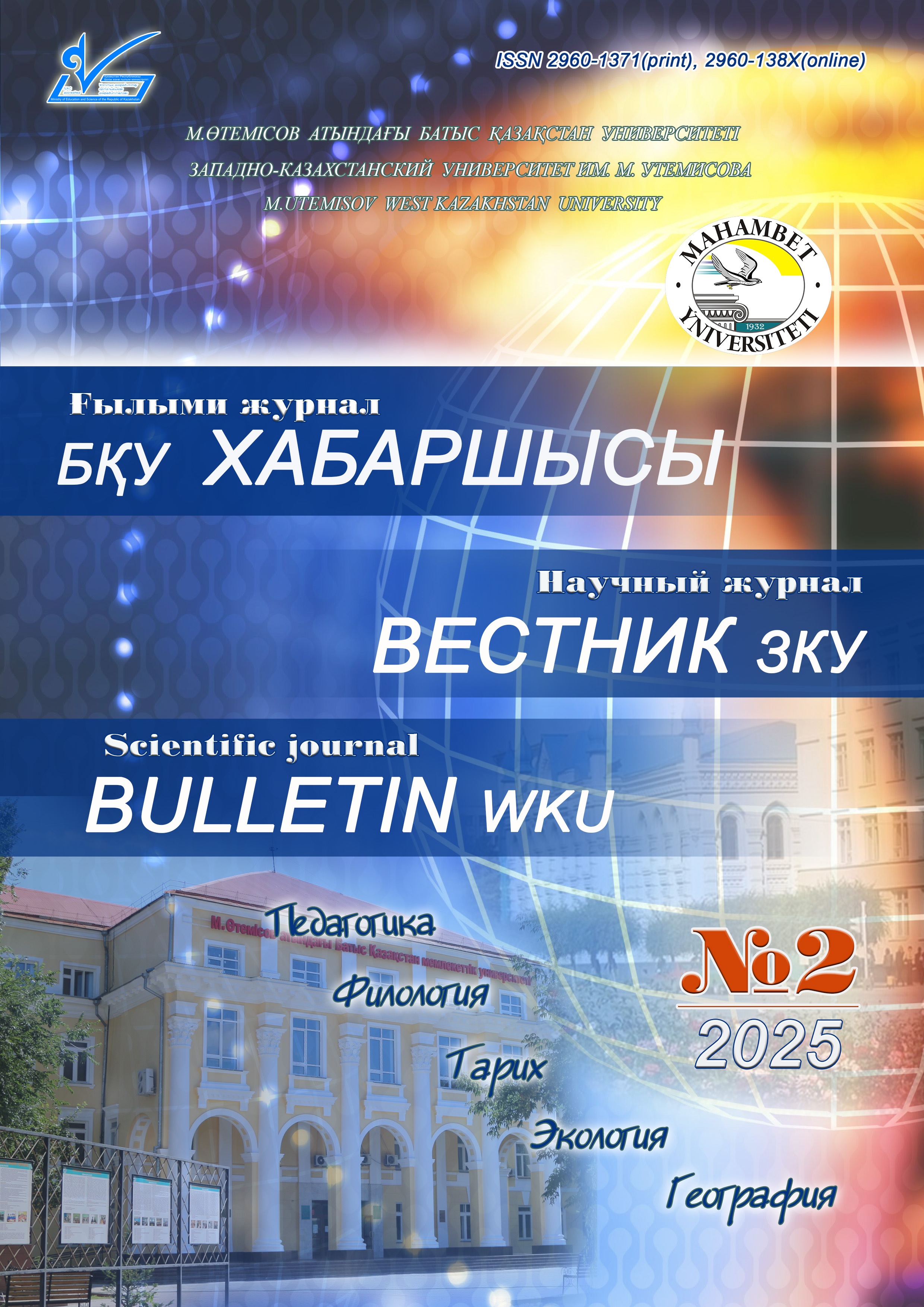INFLUENCE OF SUBSTRATE TYPES ON THE GROWTH AND DEVELOPMENT OF INDOOR PLANTS UNDER NATURAL AND ARTIFICIAL LIGHT
Abstract
The basis of life on Earth are plants, creatures that ensure the sustainability of ecosystems and directly contribute to the conservation of biodiversity in the biosphere. During photosynthesis, plants enrich the atmosphere with oxygen and are a food source for animals and humans, as well as medicinal raw materials, building materials, industrial resources and important elements ensuring environmental sustainability. Plants regulate climatic conditions, prevent soil erosion, help maintain moisture, and are crucial for preserving biodiversity by creating a habitat for living organisms. Plant reproduction occurs naturally and artificially. While seed propagation is widespread in nature, vegetative propagation is valued as a fast and effective way to propagate plants. Vegetative reproduction methods in caleming are one of the most widely used approaches. Using the cuttings method, new plant shoots multiply in a short time, fully preserving the properties of the parent plant. Good rooting of cuttings depends on many factors, including the physiological characteristics of the plant, the amount of light, the humidity level, the temperature regime and the types of substrate used, which play a crucial role. The composition and structure of the substrate significantly affect the plant's ability to form roots, since the presence of sufficient nutrients and moisture ensures the proper formation of the root system of plants. Studying the effects of natural and artificial light during rooting makes it possible to optimize the rooting process of plants. Under artificial lighting conditions, the light spectrum and light intensity of plants play an important role, since light energy is the main driving force of the photosynthesis process. Vegetative reproduction of many cultivated plants contributes to their rapid adaptation and resistance to environmental conditions. In addition, the effective use of vegetative plant propagation methods for the conservation and restoration of natural resources helps maintain an ecological balance.



